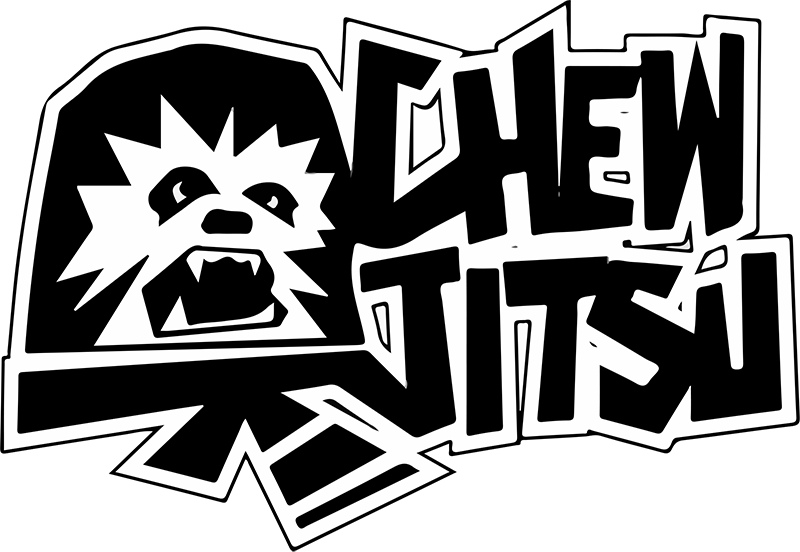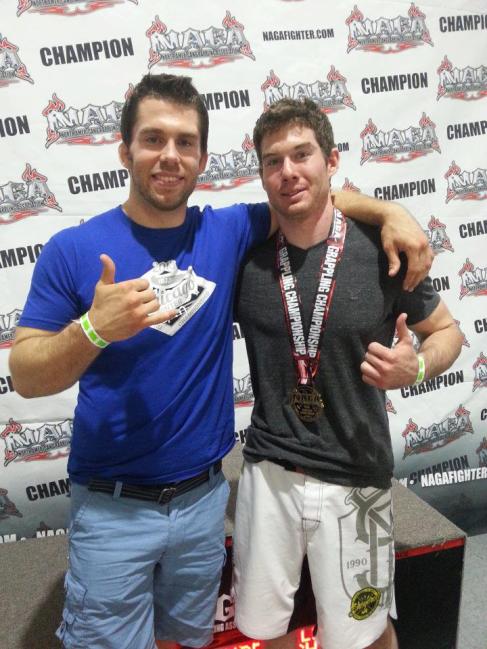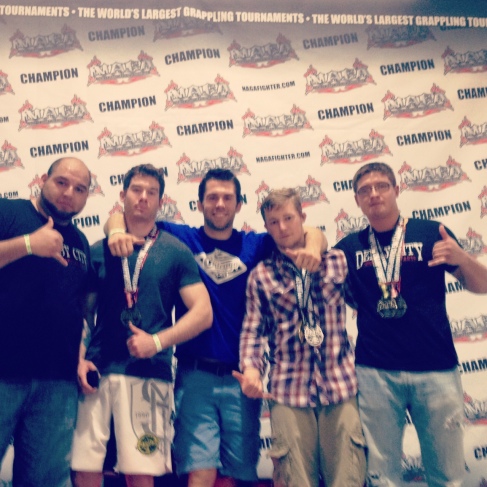Almost every week I have students that complain about lagging performance on the mat(its more common in summer). They say they felt overly fatigued and just zapped of energy during training. When a student comes to me complaining about lack of energy and just missing that umph that they normally possess, I always ask two questions.
The first question is “did you eat enough today?” Almost every time their reply comes back as something like “no, I missed lunch” or “no I didn’t eat much today.”
The second question is “how much water did you drink today?” Again their reply usually alludes to a lack of consumption.
Now these seem like simple things . . . eating food and drinking water, but I’ve seen plenty of higher level BJJ players step onto the mat without taking in adequate amounts of food and water. Heck, one of my high level blue belt competitors nearly passed out on the mat recently because of not having enough in his body. Now this doesn’t mean you should stuff your face with whatever sort of food you can find and gulp down a half gallon of water 30 minutes before you step on the mat. You’ll probably spend the rolling session of class mopping up your puke if you choose to do that. You have to be kind of “strategic” about these things. That’s the fun word for the day! Now I know strategic sounds like a funny word to use when you are relating it to your eating habits, but when you look at the definition it makes sense.
Strategic : “of great importance within an integrated whole or to a planned effect”
Think of your body during training as a high performance vehicle. The food that you put into your body is the fuel for this vehicle. Imagine putting garbage fuel or no fuel at all into a high performance car. . . it wouldn’t run very well or run at all. This holds true with your body. When you eat junk or nothing, you’ll perform in a way that reflects as such. With that said, we want to eat in a way that gives us the planned effect of having plenty of energy so that we are able to get the most out our training. I mean if you are going to spend time driving to the gym, paying your gym dues, buying a kimono, caring for your kimono, purchasing dvds, reading BJJ related books, spending countless hours watching videos online and making your significant other angry because you’re obsessed with BJJ. Then why would you allow your training sessions to be sub-par because of lazy / poor eating habits?
I am not going to dive too deep into diets and nutrition but I will share some of my my pre training favorites and my typical diet routine during an average weekday. My pre training favorites are sweet potatoes (personal favorite), oatmeal, smoothies, fruit and a protein shake.
I typically space my solid meals out at least about an hour and a half to two hours prior to training. A meal like this would be something like sweet potatoes, asparagus and chicken. Sweet potatoes are a fantastic source of complex carbs and it is an incredibly nutrient dense food. When I eat a sweet potato for lunch I almost always feel energized during my training sessions.
In the mornings I usually have oatmeal with some fruit and honey, which gives me energy for my morning training sessions. Oatmeal is easier on my stomach and digestion than the sweet potato meal listed about, but I still try and have the food eaten no later than an hour before training.
When I find myself running late in the mornings or get knocked off my schedule during the afternoon I make a smoothie (protein, fruit, honey, sometimes oats) ,again, no later than an hour before training.
Should my schedule get really off track, I will at least throw back a protein shake and a banana 30-45 minutes prior to training.
I also don’t take any pre workout supplements. I have in the past, but when I did I would find myself in the middle of a hard roll with what felt like a humming bird trying to escape from my chest. I usually just have a small cup of coffee or tea for a boost.
My eating schedule during the week is pretty structured. Because I train and teach a lot during the week I can’t really afford to have a big fat meal during the day. Bad food will make me lethargic and I’ll do a crappy job of teaching my students and training myself. That being said I still have my share of ice cream and cheeseburgers. I follow the 80/20 rule most of the time, 80% good and 20% whatever. I love having a burger and a beer with the guys, or sometimes on Thursdays we will go to the Mexican restaurant across the street and have a cheat meal AFTER training.
Anyways, here’s what my average diet looks like during the week, it’s not for everyone but it keeps me energized during the day. Just as a note, I have fixed AM and PM training sessions, but I will also do extra training, privates and gym work during the day that’s not listed. I say this because I don’t want anyone to get the impression that I’m eating and sleeping between training sessions. Believe me, I’m not. I get up at 7-8am and don’t leave the gym till 9:930pm.
-Morning: Eggs, oatmeal (plain no sugar), piece of fruit and honey to put into the oats and a cup of coffee or tea
AM Training if I lift (Teaching, rolling, and a lift)
-Lunch(right after training) Sweet potatoes, asparagus, chicken.
-Lunch 2: usually the same thing as my first lunch with a cup of tea or coffee.
PM Teaching and Training
-Post workout protein shake
-A light dinner: veggies and some sort of protein source
Recap:
- Eat enough food and drink enough water. Your body is a vehicle and it needs fuel.
- Make sure you’re eating the right foods. You will get out of your body what you put in.
- Structure your diet so that its part of a conscious effort to enhance your training, not just eating to eat.
- Enjoy the energy boost you will feel during training if you are not currently eating consciously.
Thank you for reading the post! I hope that you were able to take something away from it and that it might help you get the most out of your training sessions if your eating habits are a little suspect right now. Also, if you have any BJJ related questions that you might want help with, feel free to send them to me in an email at chewjitsu@gmail.com.
Keep training hard!
—Chewy




